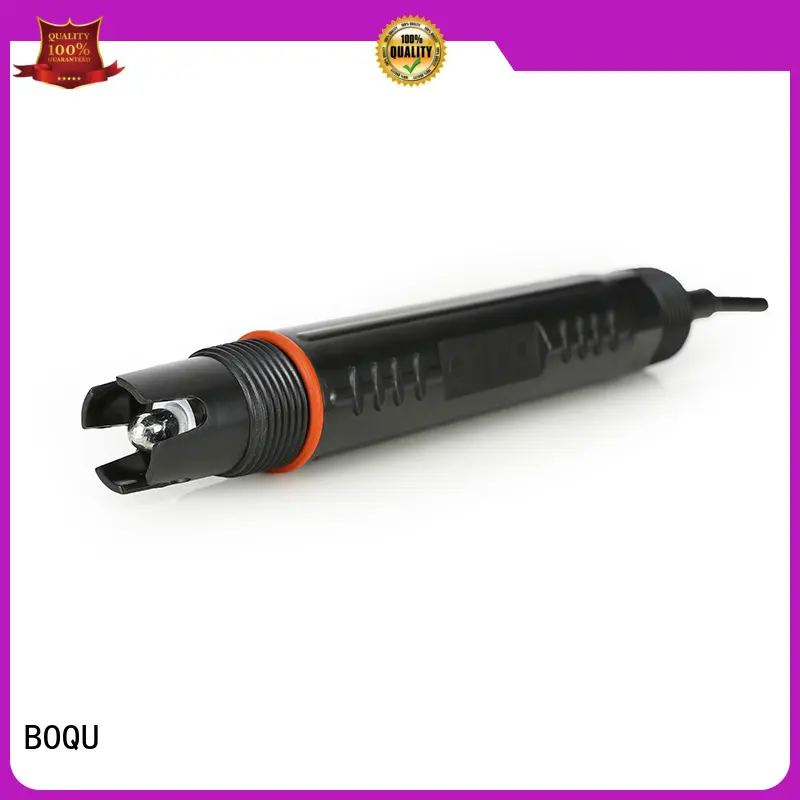Expert in Water Quality Measurement and Water Treatment Project Since 2007


reliable ph sensor series for water quality studies
Model:
PH8011
Mob/WhatsApp:
OEM, ODM, Customized
Place of Origin:
China
DeliveryTime:
7-10 working days
MOQ:
1
Product Details
To better learn about water quality analyzer, BOQU Instrument will provide detailed pictures and detailed information in the following section for your reference.BOQU Instrument insists on the use of high-quality materials and advanced technology to manufacture water quality analyzer. Besides, we strictly monitor and control the quality and cost in each production process. All this guarantees the product to have high quality and favorable price.
Enterprise Strength
- BOQU Instrument actively adopts the suggestions of customers and strives to provide quality and comprehensive services for customers.
1. BOQU inline ph sensor is independently designed by our designers who think highly of the innovation.
2. The product is characterized by its adaptable configurations. The track and carrier system provides ease of operation and directional flexibility.
3. The product has a precise dimension and other parameters. Machined by CNC machine, it is cut and processed under the precise numerical control of every detail.
4. Complete detection to ph sensor ensures its higher quality in the market.
Company Features
1. BOQU is now widely recognized by more customers at home and abroad.
2. Shanghai Boqu Instrument Co., Ltd. has established a complete quality and management assurance system and obtained the ISO9001 certificate.
3. BOQU has great ambition to win the main market of ph sensor . Call! Shanghai Boqu Instrument Co., Ltd. supplies various kinds of orp sensor options which turn the vision of their client in reality. Call! The strong intention of BOQU is to become the future international inline ph sensor supplier. Call! Shanghai Boqu Instrument Co., Ltd. has always been fully prepared to provide the best service and ph electrode for each customer. Call!
{{scoreAvg}}
{{item.score}} Stars
{{item.pre}}%
{{item.nickname ? (item.nickname.slice(0, 2) + '*****') : item.source === 1 ? 'mall buyer' : '--'}}
{{item.comment_time}}
Review in the {{item.country}}
{{itemAttr.params_key}}: {{itemAttr.params_value}}
Contact us
we welcome custom designs and ideas and is able to cater to the specific requirements. for more information, please visit the website or contact us directly with questions or inquiries.
Contact Us
Fax:86-021-20981909
Skype:+86-15000087545
Whatsapp:86-15000087545
Office Add:No. 118 Xiuyan Road,Pudong New Area,Shanghai,Zip Code:201315,China
Office Add:No. 118 Xiuyan Road,Pudong New Area,Shanghai,Zip Code:201315,China
Contact us right away
BOQU Instrument focus on development and production of water quality analyzers and sensors, including water quality meter, dissolved oxygen meter, pH sensors, etc.
Contact us
Leave your inquiry, we will provide you with quality products and services!
Contact us
whatsapp
Contact customer service
Contact us
whatsapp
cancel
Customer service

